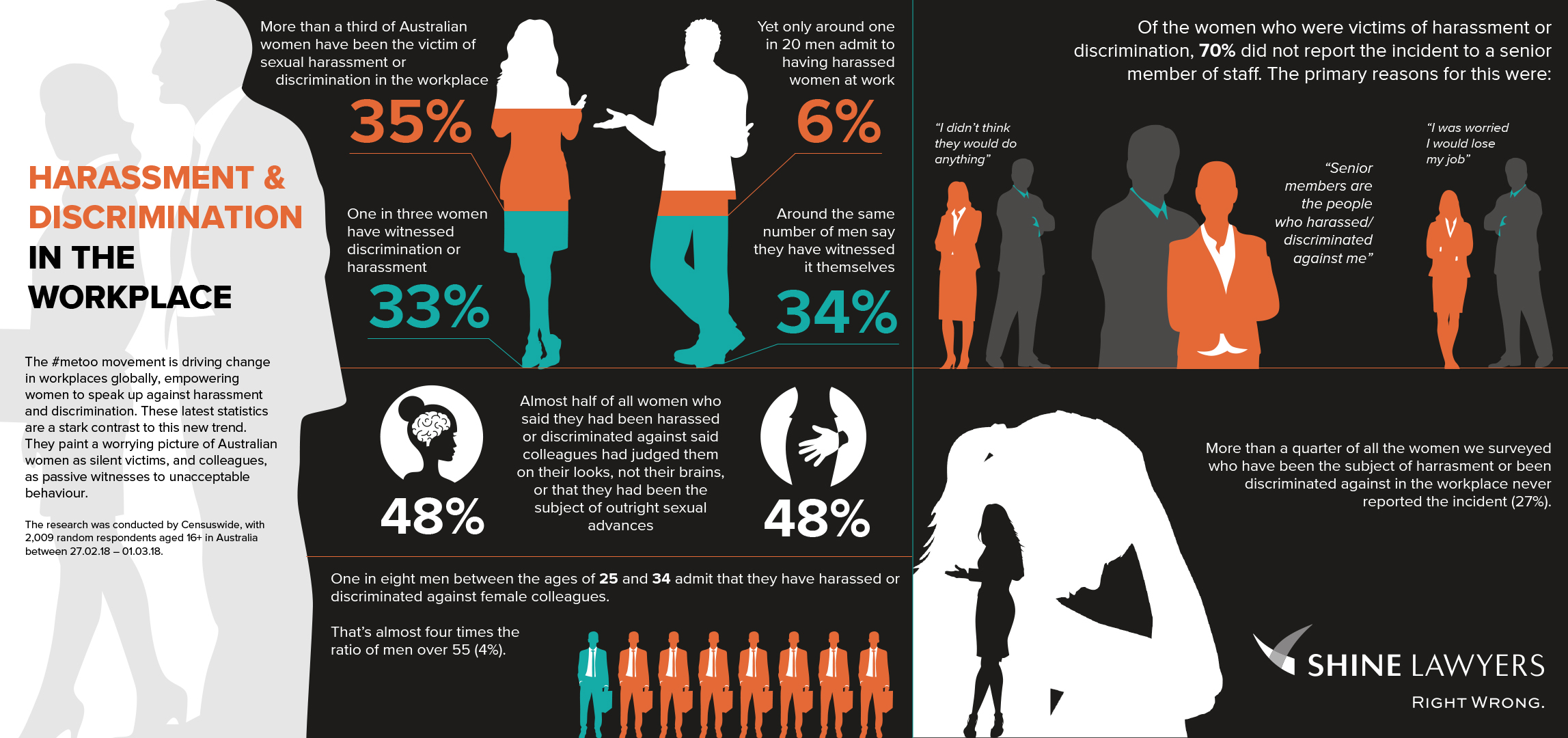Legal Rights for Employees are the foundation of a fair and just workplace, ensuring that individuals are treated with respect and dignity while performing their duties. These rights, enshrined in various laws and regulations, safeguard employees from exploitation, discrimination, and unsafe working conditions.
From the right to fair compensation and benefits to the protection against wrongful termination, understanding these rights empowers employees to advocate for themselves and create a positive work environment.
This comprehensive guide delves into the fundamental rights that protect employees, covering key aspects like employment contracts, workplace safety, and compensation. By providing a clear understanding of these legal frameworks, we aim to empower both employees and employers to navigate the complexities of the modern workplace and ensure a harmonious and productive work environment.
Fundamental Employee Rights
The legal framework governing the employer-employee relationship is built upon a foundation of fundamental rights that protect workers. These rights ensure fair treatment, prevent discrimination, and guarantee safe working conditions. This section delves into these core rights, exploring the laws and regulations that uphold them and illustrating their practical application through real-world examples.
Understanding your legal rights as an employee is crucial, especially when it comes to workplace safety. In Rhode Island, for example, you may need to consider the potential impact of a natural disaster on your home and personal belongings.
A comprehensive guide to Rhode Island Home Insurance Quotes can help you navigate this complex process and ensure you have adequate coverage in the event of an emergency. Being aware of your rights and options can help you make informed decisions about your financial well-being and protect your interests.
Right to Fair Treatment
Fair treatment in the workplace encompasses various aspects, including equal opportunities, non-discrimination, and just treatment in all aspects of employment. This right is enshrined in various international and national laws, including the International Labour Organization (ILO) conventions and the US Civil Rights Act of 1964.
- Equal Opportunities:Employers are legally obligated to provide equal opportunities for all employees, regardless of factors like race, religion, gender, or sexual orientation. This principle extends to hiring, promotion, training, and other employment-related decisions.
- Non-Discrimination:Laws prohibit discrimination based on protected characteristics. For instance, the US Equal Employment Opportunity Commission (EEOC) enforces laws prohibiting discrimination in hiring, promotion, and termination based on race, color, religion, sex, national origin, age, disability, or genetic information.
- Just Treatment:Employees have the right to be treated fairly and with respect. This includes being free from harassment, intimidation, and unfair disciplinary actions. The Fair Labor Standards Act (FLSA) in the US sets minimum wage and overtime pay standards, ensuring fair compensation for work performed.
“The right to fair treatment is fundamental to a just and equitable workplace, ensuring that all employees are treated with respect and dignity.”
Understanding your legal rights as an employee is crucial for navigating workplace issues and ensuring fair treatment. One aspect of this includes securing adequate insurance coverage, which can be a major concern for many. For those seeking comprehensive insurance options, consider exploring Get a USAA Insurance Quote: A Comprehensive Guide to compare policies and find the best fit for your needs.
Having the right insurance can provide peace of mind and financial security, allowing you to focus on your professional development and well-being.
Right to Freedom from Discrimination
The right to freedom from discrimination ensures that individuals are not subjected to unfair treatment based on their protected characteristics. This right is fundamental to creating a workplace that is inclusive and respectful of diversity.
- Prohibited Grounds for Discrimination:Laws and regulations typically list specific grounds for discrimination that are prohibited, such as race, color, religion, sex, national origin, age, disability, and genetic information.
- Discrimination in Hiring:Employers are prohibited from discriminating against applicants based on protected characteristics. This includes rejecting qualified candidates or offering less favorable terms of employment.
- Discrimination in Promotion:Similarly, employers cannot discriminate against employees in promotion decisions based on their protected characteristics.
- Harassment and Hostile Work Environment:Laws also address harassment and hostile work environments, which are forms of discrimination that create an intimidating, hostile, or offensive work environment for individuals based on their protected characteristics.
“The right to freedom from discrimination is essential for fostering a workplace where all individuals are treated with respect and dignity, regardless of their protected characteristics.”
Right to Safe Working Conditions
Employees have the fundamental right to work in a safe and healthy environment, free from hazards that could threaten their well-being. This right is protected by a comprehensive set of laws and regulations, including the Occupational Safety and Health Act (OSHA) in the US.
- Workplace Safety Standards:OSHA sets minimum safety standards for workplaces, covering various aspects such as fire safety, hazardous materials handling, and machine safety.
- Employee Training and Education:Employers are required to provide employees with training on workplace safety procedures, hazard identification, and emergency response protocols.
- Reporting Hazards:Employees have the right to report unsafe working conditions to their employer or to OSHA without fear of retaliation.
- Personal Protective Equipment (PPE):Employers must provide employees with appropriate PPE to protect them from hazards in the workplace.
“The right to safe working conditions is paramount, ensuring that employees are protected from hazards and can work without fear of injury or illness.”
Employment Contracts and Agreements
Employment contracts are essential legal documents that define the terms of employment between an employer and an employee. They Artikel the rights and obligations of both parties, providing a clear framework for the employment relationship.
Understanding your legal rights as an employee is crucial, especially when it comes to benefits like insurance. For military members, USAA offers specialized boat insurance plans, and a comprehensive guide can be found here. Knowing your options and navigating the complexities of insurance can help you secure the coverage you need while protecting your financial well-being.
Types of Employment Contracts
Employment contracts can take various forms depending on the nature of the employment relationship. The most common types include:
- Full-time employment contracts: These contracts typically involve working a standard 40-hour week, with benefits such as paid vacation and health insurance.
- Part-time employment contracts: These contracts involve working fewer hours than full-time employees, often with reduced benefits.
- Contract work: This type of employment involves a specific project or task, with a defined start and end date. Contract workers are typically independent contractors and are not considered employees.
Key Provisions in Employment Contracts
Employment contracts typically include several key provisions that protect employee rights:
- Compensation: This section Artikels the employee’s salary, bonuses, and other forms of compensation.
- Job description: This section defines the employee’s duties and responsibilities.
- Confidentiality agreements: These agreements require employees to keep company information confidential.
- Non-compete clauses: These clauses restrict employees from working for competitors after leaving the company.
- Termination clauses: These clauses Artikel the circumstances under which the employment relationship can be terminated, including notice periods and severance pay.
Importance of Employment Contracts
Employment contracts are essential for both employers and employees. For employers, they provide a clear framework for the employment relationship, minimizing the risk of legal disputes. For employees, they ensure that their rights are protected and that they are treated fairly.
Workplace Safety and Health
/employee-rights-c979f0f79b1343e7ad58442bd7e17c60.jpg)
Employers have a legal obligation to provide a safe and healthy work environment for their employees. This responsibility is enshrined in various laws and regulations designed to protect workers from hazards and ensure their well-being.
Workplace Safety Regulations and Standards
Workplace safety regulations and standards vary depending on the industry and the nature of the work. Some of the key areas covered by these regulations include:
- Hazard Identification and Risk Assessment: Employers are required to identify potential hazards in the workplace and assess the risks associated with them. This involves conducting regular inspections, monitoring work practices, and identifying potential dangers.
- Personal Protective Equipment (PPE): Employers must provide employees with appropriate PPE to protect them from hazards. This includes items like safety glasses, gloves, hard hats, and respirators.
- Emergency Procedures: Employers must have established emergency procedures in place for situations such as fires, evacuations, and chemical spills. This includes training employees on these procedures and ensuring they are familiar with emergency exits and safety equipment.
- Ergonomics: Employers must consider the ergonomic factors of the workplace to prevent injuries and discomfort. This includes designing workstations, providing proper seating, and ensuring that employees have adequate breaks to avoid fatigue.
- Machine Safety: Employers must ensure that machinery and equipment are properly maintained and operated safely. This includes providing training to employees on the safe operation of equipment and ensuring that all machines have safety guards and other protective devices.
- Hazardous Materials: Employers must have procedures in place for handling and storing hazardous materials. This includes providing training to employees on the proper handling and storage of these materials and ensuring that all necessary safety precautions are taken.
Reporting Workplace Safety Hazards
Employees have a right to report workplace safety hazards to their employer. This can be done verbally or in writing. Employers are legally obligated to investigate all reported hazards and take corrective action to eliminate or mitigate the risk.
- Reporting Mechanisms: Many companies have established reporting systems for workplace safety hazards, such as dedicated safety officers or online reporting platforms.
- Anonymity: Employees may be able to report hazards anonymously, especially if they fear retaliation from their employer.
- Documentation: Employees should document all reported hazards, including the date, time, location, and nature of the hazard. This documentation can be helpful in the event of an investigation or legal action.
Key Workplace Safety Regulations and Responsibilities
The following table Artikels some key workplace safety regulations and their corresponding responsibilities for employers and employees:
| Regulation | Employer Responsibilities | Employee Responsibilities |
|---|---|---|
| Occupational Safety and Health Act (OSHA) | Provide a safe and healthy work environment, comply with OSHA standards, conduct hazard assessments, provide training, and maintain records. | Comply with OSHA standards, report hazards, use PPE, follow safety procedures, and participate in training. |
| Emergency Planning and Community Right-to-Know Act (EPCRA) | Develop and implement emergency plans, provide information about hazardous materials, and report releases of hazardous materials. | Be aware of emergency plans, participate in training, and follow emergency procedures. |
| Hazard Communication Standard (HCS) | Develop and implement a hazard communication program, provide safety data sheets (SDSs) for hazardous materials, and train employees on the hazards of materials they work with. | Read and understand SDSs, follow safe handling procedures, and report any concerns about hazardous materials. |
Compensation and Benefits: Legal Rights For Employees

Compensation and benefits are a crucial aspect of employment, impacting employee well-being and motivation. Understanding the legal requirements and common practices related to compensation and benefits is essential for both employers and employees.
Minimum Wage and Overtime Pay, Legal Rights for Employees
The legal requirements for minimum wage and overtime pay vary by country and region. Many countries have a federally mandated minimum wage, which sets the lowest hourly rate employers can pay workers. Some countries also have state or regional minimum wages that may be higher than the federal minimum wage.
Overtime pay refers to the additional compensation employees receive for working beyond their regular work hours. In many countries, overtime pay is calculated at a higher rate than regular pay, often at time and a half or double time.
For example, in the United States, the Fair Labor Standards Act (FLSA) requires employers to pay overtime to non-exempt employees who work more than 40 hours per week.
Employee Benefits
Employee benefits are non-wage compensation provided to employees in addition to their regular salary. These benefits can include:
- Health insurance: Provides financial protection against the costs of medical care, including hospitalization, surgery, and prescription drugs.
- Retirement plans: Allow employees to save for retirement and receive employer contributions. Common types include 401(k) plans in the United States and pension plans in other countries.
- Paid time off: Includes vacation time, sick leave, and holidays, allowing employees to take time off from work for personal reasons.
- Disability insurance: Provides financial support to employees who become disabled and unable to work.
- Life insurance: Provides financial protection to the employee’s beneficiaries in the event of their death.
- Tuition reimbursement: Helps employees pay for education and training expenses.
- Employee discounts: Offer employees discounts on products or services offered by the company or its partners.
Legal Requirements for Employee Benefits
The legal requirements for employee benefits vary widely across different countries and regions. Some countries have mandatory benefits that employers must provide, while others have a more flexible system.
- United States: The Affordable Care Act (ACA) requires employers with 50 or more full-time equivalent employees to offer health insurance to their employees. However, the ACA does not mandate other benefits, such as retirement plans or paid time off.
- European Union: EU member states have different legal requirements for employee benefits. Some countries, such as France and Germany, have mandatory benefits such as paid vacation and sick leave. Others, such as the United Kingdom, have a more flexible system where employers can negotiate benefits with employees.
- Australia: Australia has a national minimum wage and a range of mandatory benefits, including paid annual leave, sick leave, and public holidays.
Impact of Employee Benefits on Well-Being
Employee benefits can have a significant impact on employee well-being.
- Health insurance: Provides financial protection and access to medical care, reducing financial stress and improving overall health.
- Retirement plans: Allow employees to save for retirement and achieve financial security, reducing financial worries and improving overall well-being.
- Paid time off: Provides employees with opportunities to rest and recharge, improving their physical and mental health.
- Disability insurance: Provides financial support to employees who become disabled, reducing financial stress and improving their quality of life.
Final Conclusion

Navigating the intricate world of employee rights can be challenging, but understanding your legal protections is crucial. By familiarizing yourself with these rights and knowing how to assert them, you can create a more secure and equitable workplace. Whether you are an employee seeking to understand your rights or an employer aiming to ensure compliance, this guide provides a valuable foundation for building a workplace where everyone is treated fairly and with respect.



